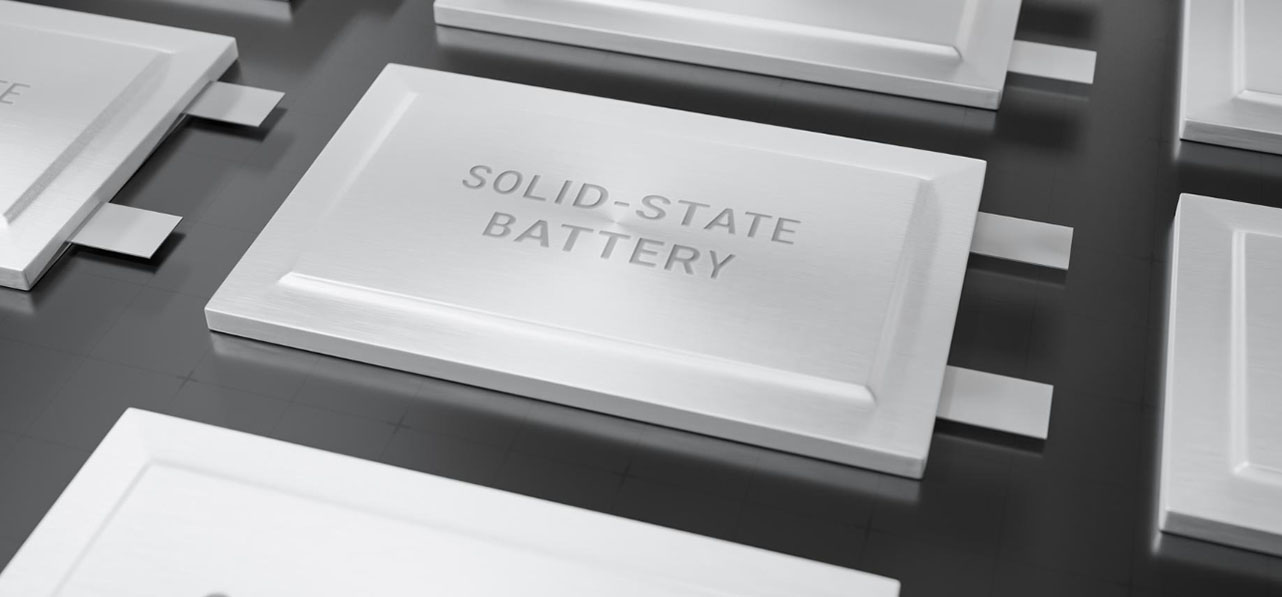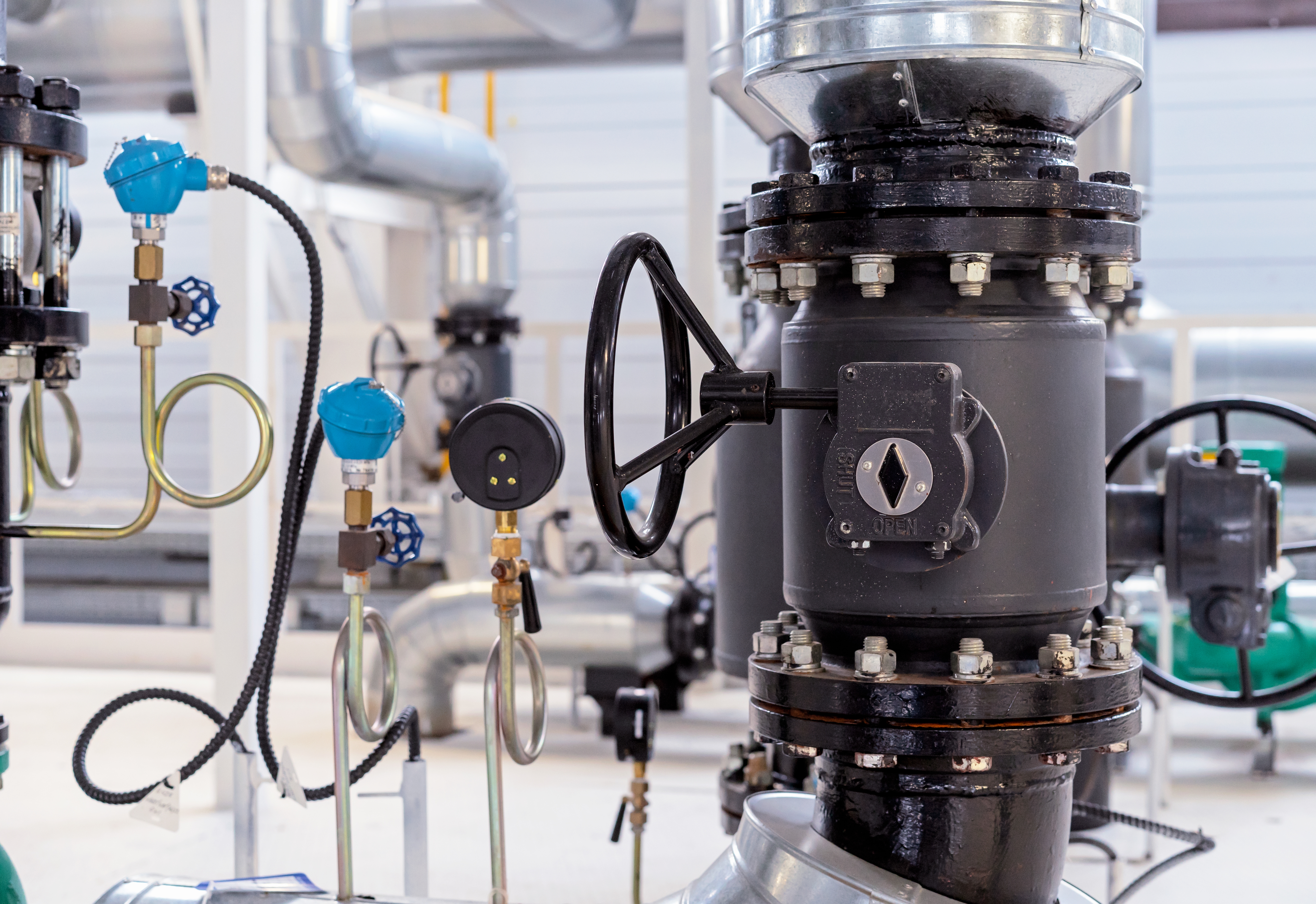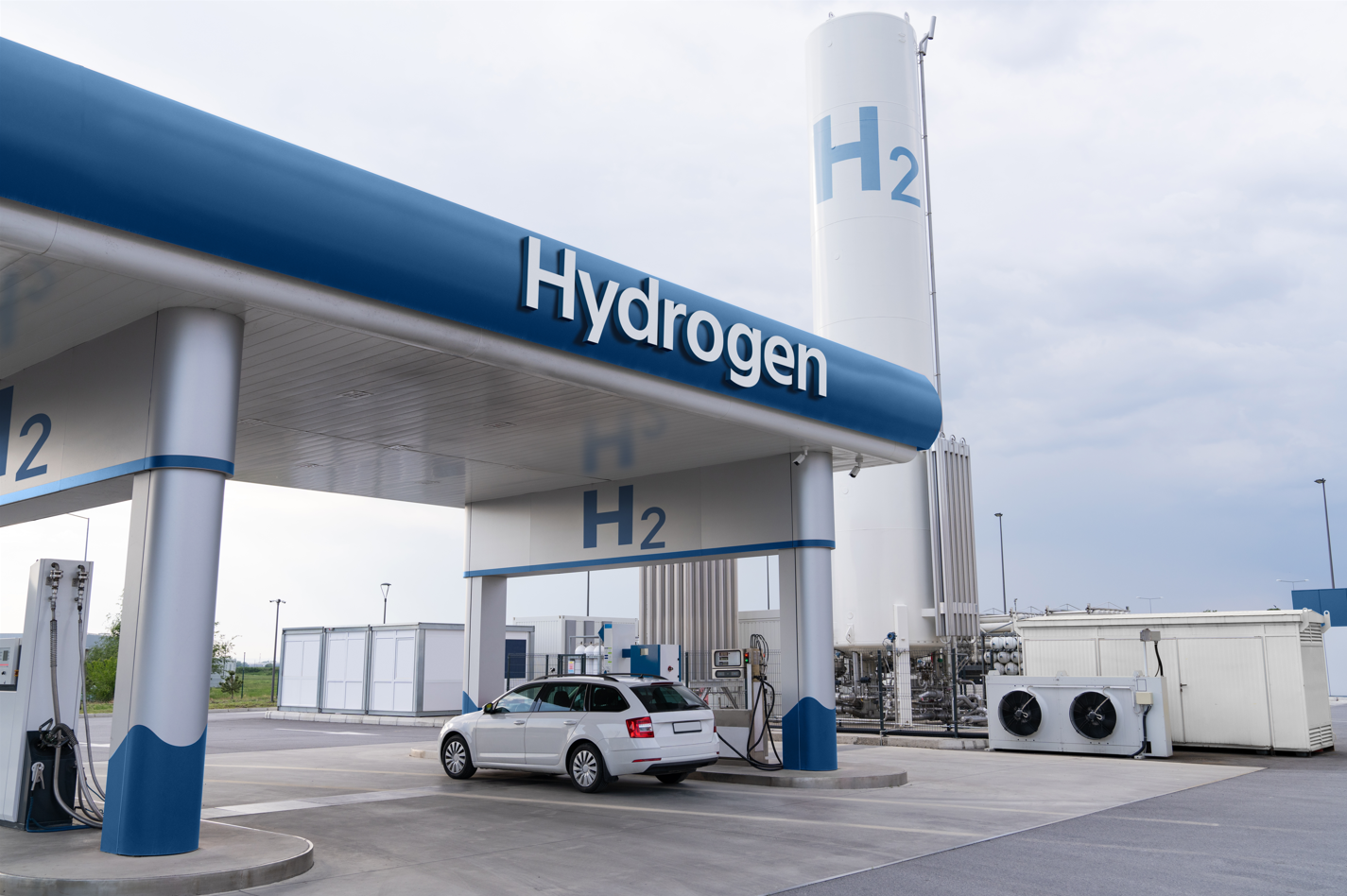Featured Articles
2022-05-27
A bottleneck in the breakthrough of new lithium battery capacity
 Solid-state batteries are more suitable for the development of electric vehicles.
Solid-state batteries are more suitable for the development of electric vehicles.From the above analysis of the power source of lithium electric vehicles and hydrogen energy vehicles and the influence of temperature on them, it can be reasonably judged that the endurance of hydrogen energy vehicles is far better than that of lithium electric vehicles. Lithium electric vehicles are subject to the characteristics of lithium-ion batteries. At present, the power of most vehicles is between 30kW/h and 100kW/h. Compared with a fuel car, a common 60-liter fuel tank can generate electricity equivalent to 534kW/h. Even if the energy conversion efficiency of a fuel vehicle is lower than that of a lithium electric vehicle, it is still far better than a lithium electric vehicle when converted to one-third of the poorer ratio. What's more, the heat dissipated by the fuel vehicle without being converted into power can be reused as a source of heating and become a weapon to assist the fuel vehicle in fighting against extreme low temperatures without consuming power.
Therefore, increasing the capacity of lithium batteries, supplemented by a more efficient thermal management system, has become the biggest goal of major car manufacturers, lithium battery suppliers, and even start-up companies in lithium electric vehicles. For example, the 4680 battery of its own specification set by Tesla claims to increase the capacity of lithium batteries by 15%. The supplier Panasonic said in the fall of 2021 that it will mass-produce it in 2022; Tesla also claims to use the Model Y of the 4680 battery pack which will be available in 2022. However, the 4680 did not achieve a breakthrough in electrochemistry, but enlarged the cylindrical shape in terms of physical structure, thereby increasing the battery capacity and energy density, and also had the advantages of better heat dissipation and simplified materials. However, the existing production line is not suitable for 4680, and the requirements for precision and reliability are higher than those of the old battery. In the early stage of mass production, it will face yield problems and lead to high costs. Although these problems will eventually be solved with time, they also reflect the bottleneck of the current lithium battery in the development of electrochemical capacity expansion; the structural benefits can only be obtained by changing the appearance, but there is a dilemma of its limit.
The fundamental solution for improving the capacity of lithium batteries still has to go back to materials. The expected best way for it is to change the current electrolyte to solid, which can improve safety and double the energy density. This is the biggest goal of the industry's joint efforts. However, it is difficult to find a suitable material combination, and the internal structure needs to be adjusted. For example, the most critical battery cell must reach more than 30 layers in order to meet the requirements of vehicle regulations such as safety and reliability. It is still far from practical. Therefore, improvements were made in the positive and negative materials of the existing lithium batteries. For example, the use of metallic lithium on the negative electrode, or the addition of silicon on the negative electrode graphite, etc., are widely developed by American start-ups and Japanese companies, and are considered to be relatively achievable compromise solutions. However, the charge-discharge durability is extremely challenging. Even if it can be practical, it can only be used in 3C products in the initial stage, and there is still no real timetable for applying it to cars.
References
- R ECURRENT, How Temperature Affects EV Range, https://www.recurrentauto.com/research/how-temperature-affects-ev-range
- Hyundai News Release, 2021-12-22, Six-hour drive at an altitude of 2,220 metres on a single charge: Hyundai NEXO sets Endurance Record on icy circuit
- Idaho National Lab, News Release, 2018-07-31, EV CHARGING IN COLD TEMPERATURES COULD POSE CHALLENGES FOR DRIVERS
- FuelCellWorks, 2020-12-4, New Mirai Hydrogen Fuel Electronic Vehicle, Under the Skin
- Taiwan Research Highlight, 2021-11-17, Use Hydrogen Fuel Cells to Achieve the Energy Recycle and Promote the Realization of Our Net-Zero Emissions



